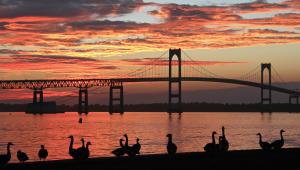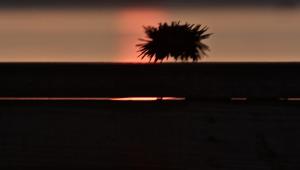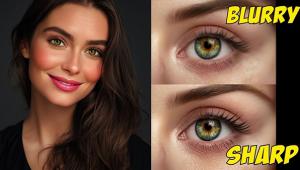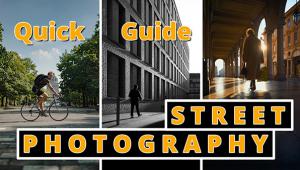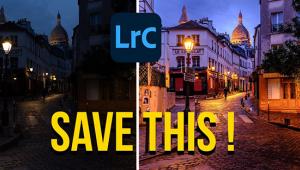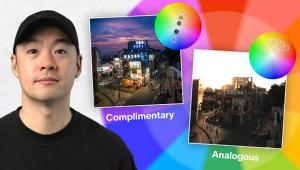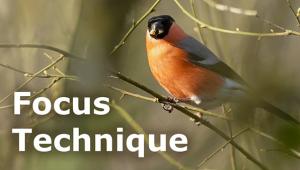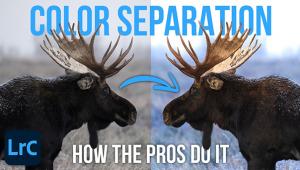Hard Light Portraits; An Island In A Sea Of Softboxes Page 2
Picture this. You're in a typical '70s photo studio. You hear
"Kung Fu Fighting" followed by "You Light Up My Life."
(I warned you about the music!) You check out the lighting setup. A bank of
lights bounce into a back wall for fill. A light on a small stand with a metal
tube sliced in half lights the background. Another light on a boom with a metal
tube about the size of the cardboard toilet paper roll looms overhead. And what
is going on with that main light over there? It looks like someone shoved a
3-foot wok over the light, put some plastic over the face, and then cut a hole
in the middle of it! What the heck kind of light is that? Well, my friend, that
is a parabolic light at work. And I can tell you that used properly, it will
create some of the most beautiful portrait lighting you will ever see.
Let's ignore the other lights for this article and focus on the main light.
Here is what's going on: The main light is being shaped by the parabolic
reflector. It is controlling one of the "Qs" of light, quality.
Used alone, it creates a pretty hard-edged light source. The plastic diffuser
covering it softens it quite a bit. The hole in the middle? Glad you asked--that
throws back a little more "punch" to the center of the light, creating
a little more intensity, a sharper shadow.
Since these lights created a much narrower beam of light than softboxes, much
greater care had to be taken in aiming them.
While we've had a trip down memory lane, is there anything to say you
can't use parabolic light sources now? Of course not, you usually get
one with each light you buy and either never use it or use it to stick your
umbrella shaft through. Dig it out and give it a shot.
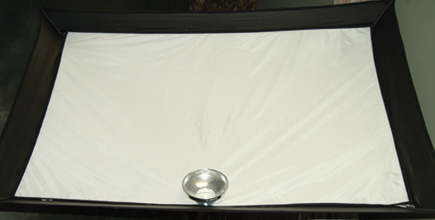 |
|||
 |
 |
||
|
|
||
I believe there are a couple of reasons why "hard light portraits"
have fallen out of style. First, a great educator, the late Dean Collins, showed
generations of photographers how to create wonderful light with big light sources.
Second, digital cameras do not have the dynamic range of negative film and can
more easily capture both highlight and shadow detail when used with softer lighting.
That doesn't mean it's not right for you. While taking my sample
portraits for this article, I felt like I visited an old friend. And while a
lighting style will never wear bell bottom jeans, good technique never goes
out of style!
Steve Bedell holds Masters and Craftsman degrees from the Professional Photographers of America. Bedell recently released an educational DVD about shooting in the sun called "Sparkle Light." For more information on the DVD or to subscribe to EPhoto, his free online newsletter for professional and advanced amateur photographers, contact Bedell via e-mail at: sb@stevebedell.com.
- Log in or register to post comments




